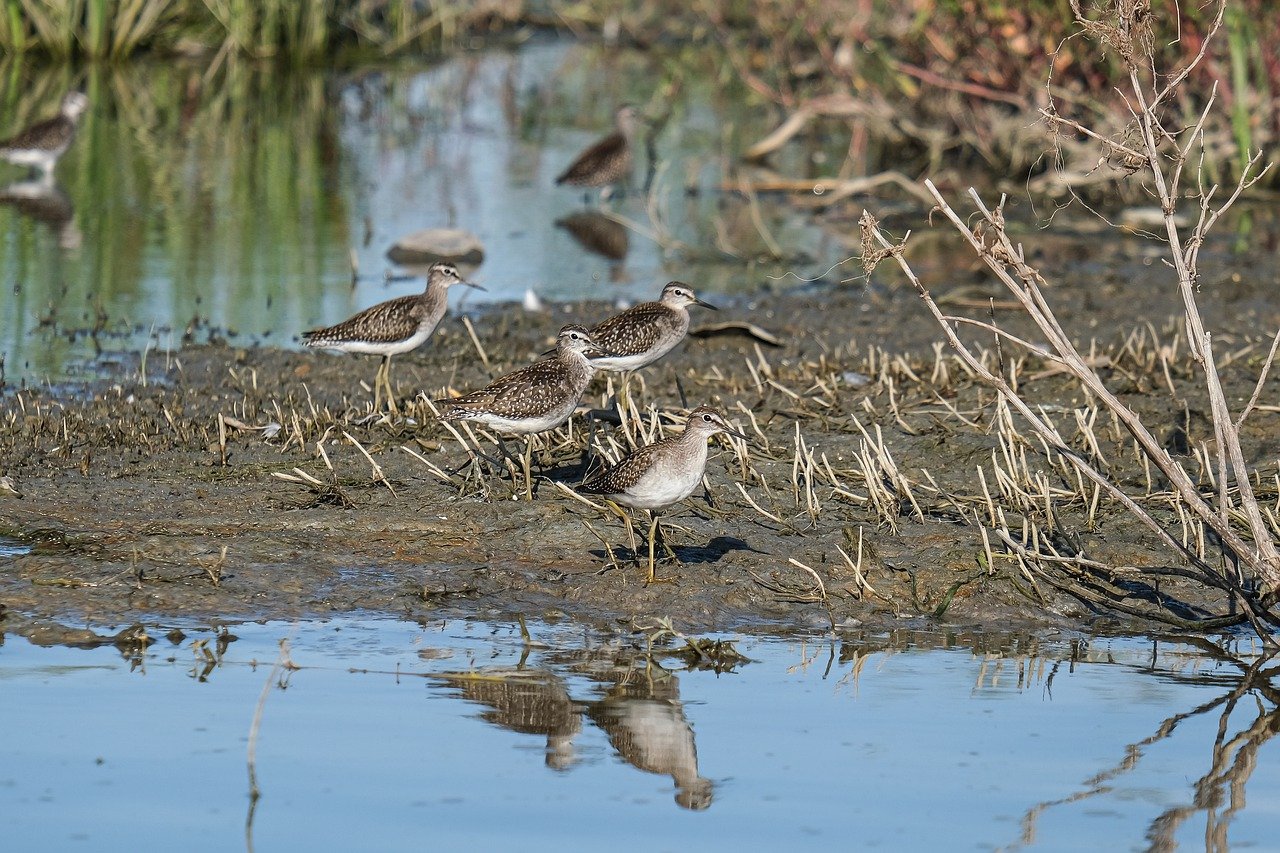Phenology of spring migration of Wood Sandpiper Tringa glareola through Europe
DOI:
https://doi.org/10.34080/os.v17.22695Keywords:
climate effects, migration timing, staging sites, monitoring, survey, stopover sitesAbstract
Phenology and dynamics of spring migration of the Wood Sandpiper through Europe was analysed, using both literature and new field data collected at five wetlands in Central Europe (N Poland and S Belarus). The passage through all Europe lasted from mid-March until end of June and at the five Central European sites between mid-April and end of May. Migration was very concentrated (50% of migrants during 6–10 days), and median dates at all Central European sites were between 3 and 15 May. Regression of mean peak dates on latitude of the sites showed that spring migration through Europe was quick, about 97 km/day. In most years passage had one peak, but two peaks in some seasons at eastern sites may reflect passage of migrants using a SE route or be an effect of adverse weather. Migration intensity varied among seasons. This may have been caused by changes of water levels or other habitat components. Tight timing of spring passage suggests that in Central Europe the Wood Sandpiper adopt a time-minimising migration strategy.
Downloads

Downloads
Published
How to Cite
Issue
Section
License
The copyright of each contribution belongs to the author(s), but all contributions are published under a Creative Commons license, so that anyone is free to share and reuse the contribution as long as the copyright holder is attributed.







